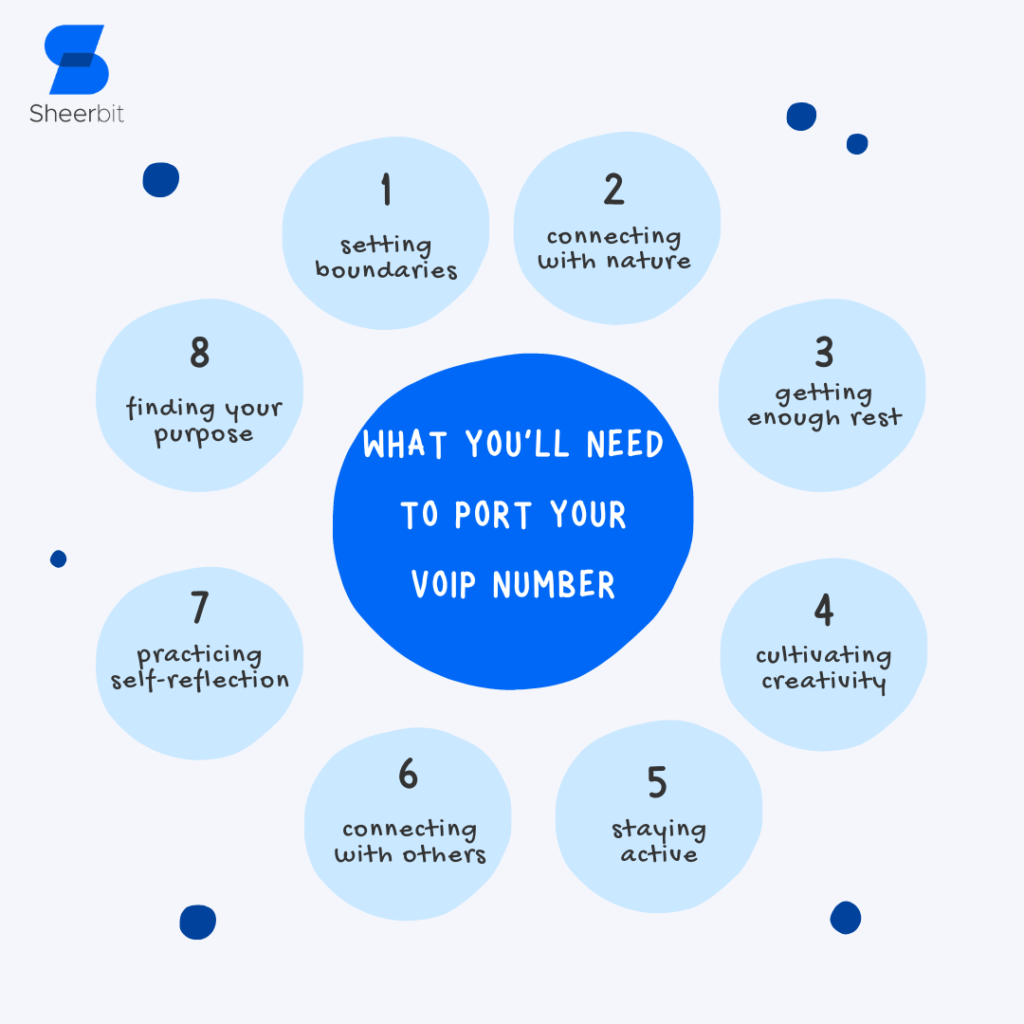VoIP stands tall as a groundbreaking development in the rapidly changing field of communication technology. Our relationships, communications, and business practices have all changed as a result of it. The ability to smoothly transfer your current phone number from traditional systems to VoIP—known as number porting—is one of the most amazing aspects of VoIP. In this blog, we examine the complexities of VoIP number porting, as well as its importance and magical properties.
Understanding VoIP Number Porting
The process of moving a phone number from one service provider to another, especially from a traditional phone service to a VoIP service, is known as VoIP number porting. This method allows consumers to use VoIP technology while keeping their current phone numbers. VoIP number porting provides great flexibility and convenience for both individual users and businesses.

The Magic Unveiled
Seamless Transition
One of VoIP number porting’s most alluring features is its seamlessness. It guarantees constant communication for both people and enterprises. Just picture transferring to a new phone number and not having to worry about bothering everyone to know about it. This changeover is easy and seamless, thanks to VoIP number portability.
Cost Efficiency
Many traditional phone systems have expensive monthly fees and few services. Conversely, VoIP provides a wealth of sophisticated capabilities along with affordable options. By moving your number to VoIP, you may save a lot of money on your communication costs and take advantage of improved features.
Geographic Flexibility
VoIP number portability eliminates geographic limitations. No matter where you are, you may keep your current phone number. VoIP offers unmatched flexibility by ensuring that your number stays with you, regardless of whether you’re transferring your business or just to a different area code.
Enhanced Features
VoIP technology includes numerous functionalities that traditional phone systems lack. VoIP enhances the quality of your communication with features like voicemail, email transcription, call forwarding, and virtual receptionists. You may access these cutting-edge capabilities by porting your number to VoIP, which will enable you to improve productivity and optimize your communication procedures.
What You’ll Need to Port Your VoIP Number
To guarantee a seamless transfer, there are a few necessary procedures and criteria when porting your VoIP number. What you’ll need is as follows:
1. Account Information
Make sure your present service provider has given you all the account details you require. Your account number, billing address, and any other pertinent information needed for the porting procedure are usually included.
2. Letter of Authorization (LOA)
A Letter of Authorization (LOA) allowing the transfer of your number to the new VoIP service provider must be provided. Make sure to inquire about the requirements from your new provider, as they can have specifics on formatting or information needed for the LOA, which has to be signed by the authorized account holder.
3. Proof of Ownership
You should submit more proof of ownership, such as a recent phone bill or a snapshot of your account dashboard with the number details shown, to prove that you own the number.
4. Copy of Current Phone Bill
To prove that you are the owner of the number you want to transfer and that you are currently in service, please include a copy of your most recent phone bill. This document validates your account information and phone number, speeding up the porting procedure.
5. List of All Your VoIP Numbers
Give a detailed list of every VoIP number you presently possess or are in charge of. This will ensure that you can precisely identify the number or numbers you want to port and that there won’t be any mistakes throughout the transfer procedure.
6. Current Provider’s Policies
Recognize the number porting policies of your present provider. To prevent any delays or issues, familiarise yourself with the needs of the providers you may be using. Some providers may charge fees or demand particular processes to be followed.
7. Timing and Coordination
Work with your new VoIP service provider to schedule the porting process. Although the process of porting usually takes a few business days, it’s important to budget appropriately to minimize any interruptions to your communication services.
8. Active Service
Make sure the phone service you currently have connected to the number you want to migrate is operational. For the transfer to be properly started throughout the porting procedure, the number must be active.
You can help make the porting process smooth and effective, keep your current phone number, and take advantage of VoIP technology by implementing these requirements and cooperating closely with your new VoIP service provider.
Conclusion: Embrace the Magic of VoIP Number Porting
VoIP number porting appears as a revolutionary option in a world where communication is critical. It offers unmatched ease, flexibility, and cost-effectiveness by bridging the gap between classic telephone and current communication technologies. VoIP number porting opens the door for a smooth transfer into the communication of the future, whether you’re a small business trying to maximize communication or an individual user wanting more connectivity.
Are you prepared to discover the wonders of VoIP number porting? With SheerBit, embrace the communication of the future. Our VoIP solutions enable easy communication between individuals and enterprises. Reach out to us right now to find out more and start your path to smooth communication.





